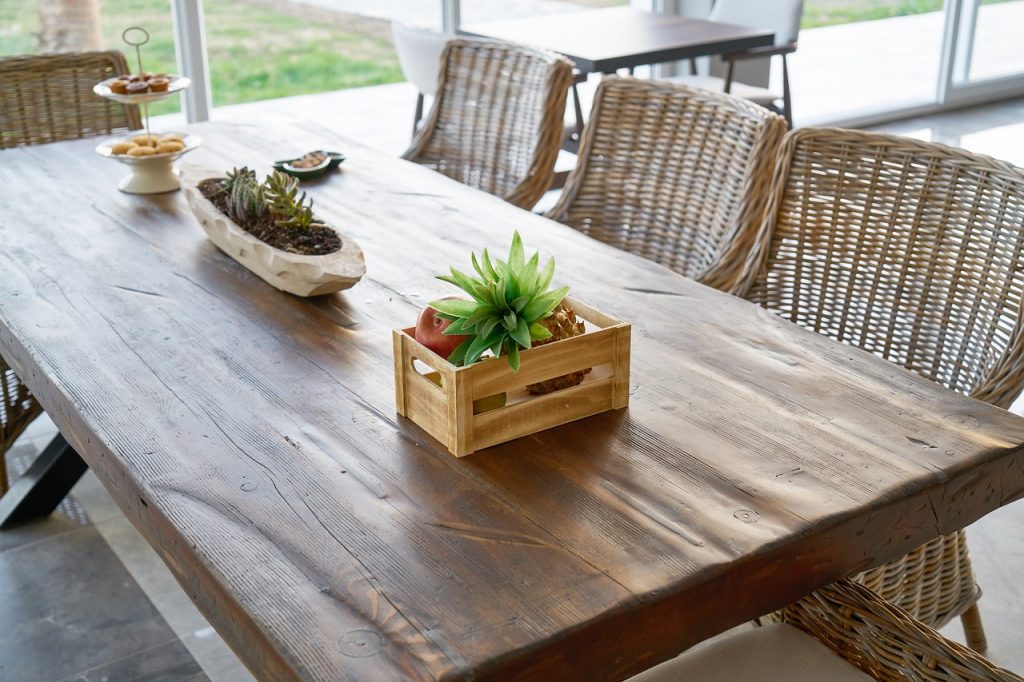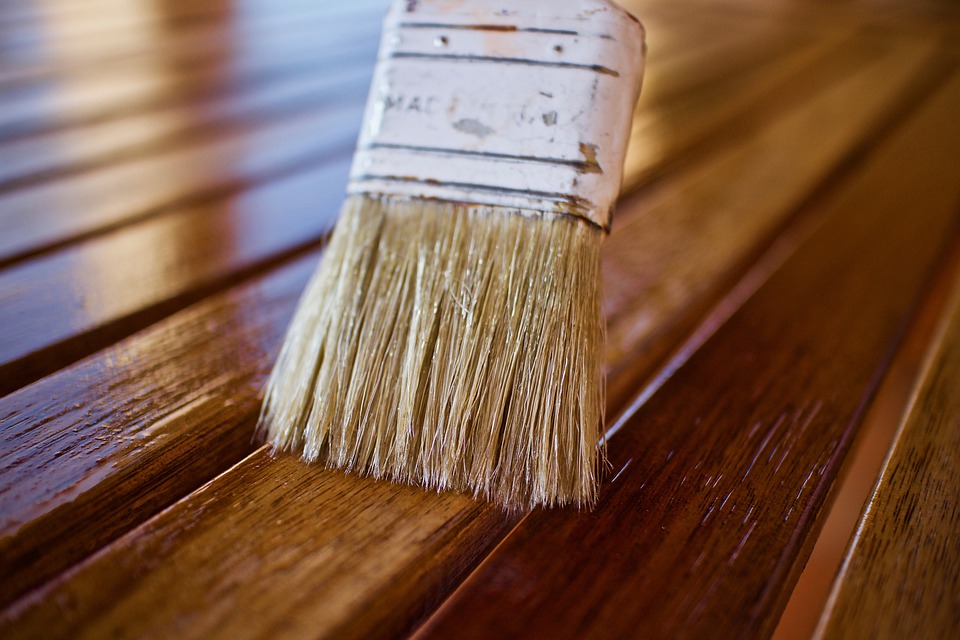Ongoing Conversation: Wood Versus Timber

It is common that people use both wood and timber materials interchangeably without understanding how they are different from each other. While the main difference is that wood is a fibrous material, derived from trees and other plants, timber is a processed type of wood shaped into planks and beams. For further comparisons and more elaborations, here is a brief analysis of the origins of each, their properties, and how they are utilized as resources and products.
| Timber | Wood | |
| Origin of the word | Commonly used in American English, but specifically in North America, known as lumber | Generally known as wood that provides a supportive function to a living tree allowing it to grow taller, larger, and sturdier. |
| Definition | Pertains to processed types of wood, usually into beams, planks and is a particular stage in the wood production process. | The porous and fibrous structural tissue which may be found in the roots of trees and stems of plants. |
| Types | Rough lumber – available in many forms, most commonly hardwoods; surfaced on one (or more) of its faces or supplied rough-sawn. Softwoods – readily available in softwoods because of their cost Eg. White pine, Red pine | Known as the secondary xylem in the tree stems; Pine, Oak etc. |
| Uses | Mainly for serving structural purposes but has other uses as well. | Initially served as fuel for cooking food. Later on, it was discovered to be effective as a fuel for machines, vehicles, and other industrial equipment. It serves as a feedstock for purified cellulose production, including its derivatives such as cellulose acetate or cellophane. It helps in manufacturing paper, furniture, and tools and is maintained with wood oil. It became useful as a construction material for thousands of years. |
| Properties | Raw materials, like rough lumber, help make furniture and projects that require cutting and shaping. | It conveys nutrients and water between leaves, roots, and other growing tissues. It may also refer to other plant materials owning similar properties, and to engineered materials resourced from fiber, wood, or wood chips. |
| Characteristics | Lumber, once finished, is supplied in standard sizes. The construction industry is one that largely benefits from it. From coniferous species such as pine, fir, and spruce, lumber is classified more commonly made from softwood, which 80% of it comes. | It is organic in nature, composed of cellulose fibers that are embedded in the lignin matrix that resists compression, making it strong in tension. |
When understanding each of these materials’ purpose, woody materials had been more of a reliable source of renewable energy. Due to its abundant, carbon-neutral properties, forests all over the world (approx 434 billion cubic metres in total) by 2005, 47% of it ended up for commercial use. Approximately only 3.5 billion cubic meters of harvested wood in 1991 were used for building construction and manufacturing furniture.
Altogether, this is a reflection on how massive the coverage of wood is as a raw material.
Shaped timber, like planks, may be used as shelves, cladding materials, and materials for feature walls. When put together, possibilities are endless.
Utilizing wood will help out the earth, which is very important. This material remains recyclable, versatile, and therefore, sustainable. Longevity is assured as long as the type of wood is understood and well-managed/taken care of with timber floor sealer or wood oil.








